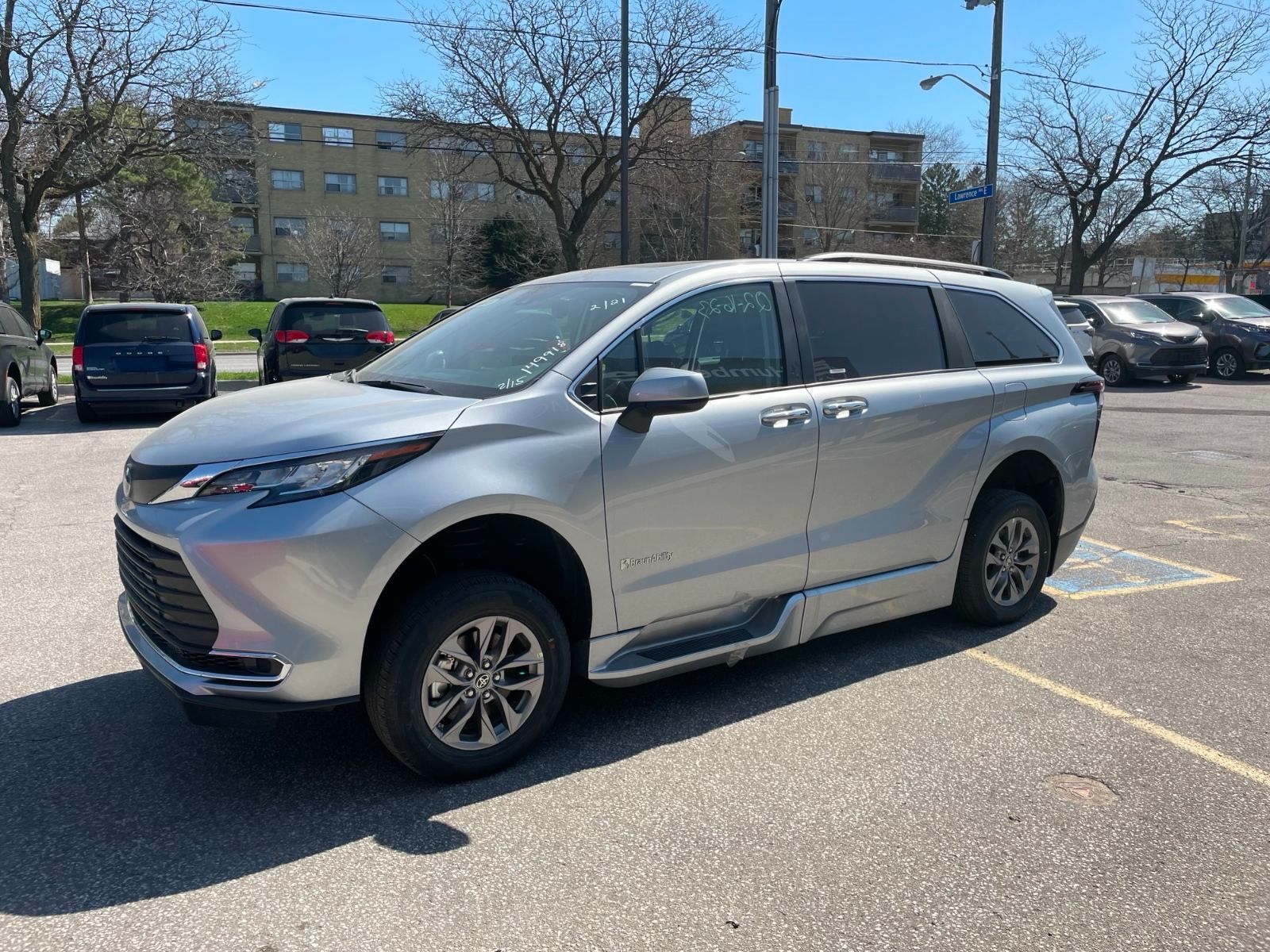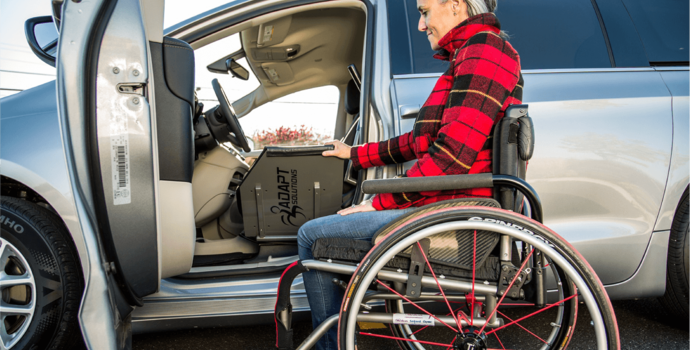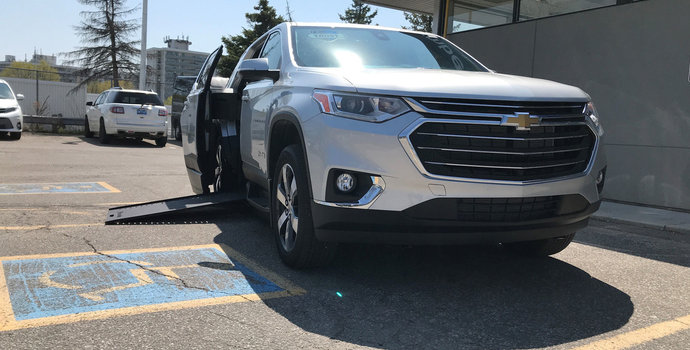When considering a wheelchair accessible vehicle (WAV) for yourself or a loved one, safety is often the first question that comes to mind. At Courtland Mobility, we understand the importance of this decision and the need for confidence in your choice. WAVs are specially designed to ensure the highest levels of safety, convenience, and reliability for individuals with mobility challenges. In this article, we answer the title question and explore 10 other frequently asked questions about wheelchair accessible vehicles to help you make an informed decision.
Are Wheelchair Accessible Vehicles Safe?
Yes, wheelchair accessible vehicles are safe. WAVs are engineered and rigorously tested to meet or exceed industry safety standards. Features such as reinforced ramps, advanced wheelchair tie-down systems, and crash-tested designs ensure that passengers remain secure during transit. Leading manufacturers like BraunAbility and VMI use state-of-the-art technology to deliver safety features, including:
- Wheelchair Securement Systems: These include heavy-duty tie-down straps or docking systems like Q’STRAINT, which prevent movement of the wheelchair during travel.
- Ramp and Lift Safety: Power ramps and lifts come with anti-slip surfaces, side barriers, and fail-safe mechanisms to protect users during entry and exit.
- Structural Modifications: WAVs undergo structural changes to ensure that safety and stability are not compromised during conversions.
Talk to Our Mobility Specialist
Have Questions? Connect with Our Mobility Specialist Today for Personalized Assistance and Expert Guidance!
Shop Now
At Courtland Mobility, all vehicles in our inventory are certified to meet safety regulations, giving you peace of mind for every journey.
1- What Types of Wheelchair Accessible Vehicles Are Available?
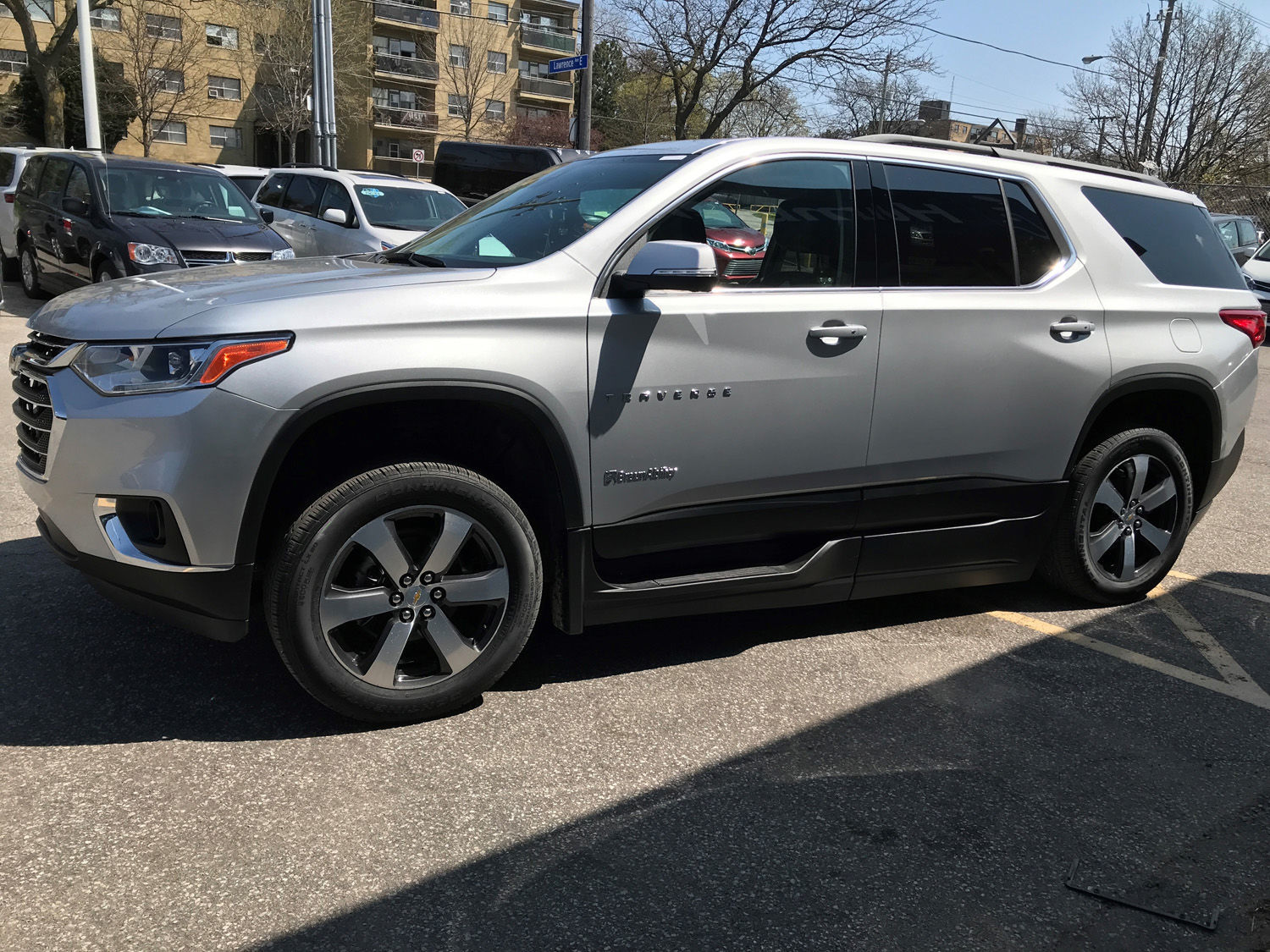
There are two main types of WAVs: minivans and full-size vans. Minivans, like the Toyota Sienna, Chrysler Pacifica, and Honda Odyssey, are ideal for personal use due to their maneuverability and fuel efficiency. Full-size vans, such as the Ford Transit and Mercedes Sprinter, offer larger interiors and are suited for commercial applications or families needing multiple wheelchair positions.
2- What Are the Differences Between Side-Entry and Rear-Entry WAVs?
- Side-Entry Conversions: These allow wheelchair users to sit in the front passenger position or even drive the vehicle. They are ideal for curbside loading but require more clearance for the ramp.
- Rear-Entry Conversions: These are practical in tight parking spaces and allow for longer wheelchair sizes. However, they typically do not permit access to the front seats for wheelchair users.
3- Can Wheelchair Accessible Vehicles Be Driven by People Without Disabilities?
Yes. Most WAVs come with dual functionality, allowing them to be driven like a standard vehicle when the wheelchair user is not present. Removable seats and flexible layouts ensure that these vehicles remain versatile for families or commercial purposes.
4- Are There Financing Options Available for WAVs?
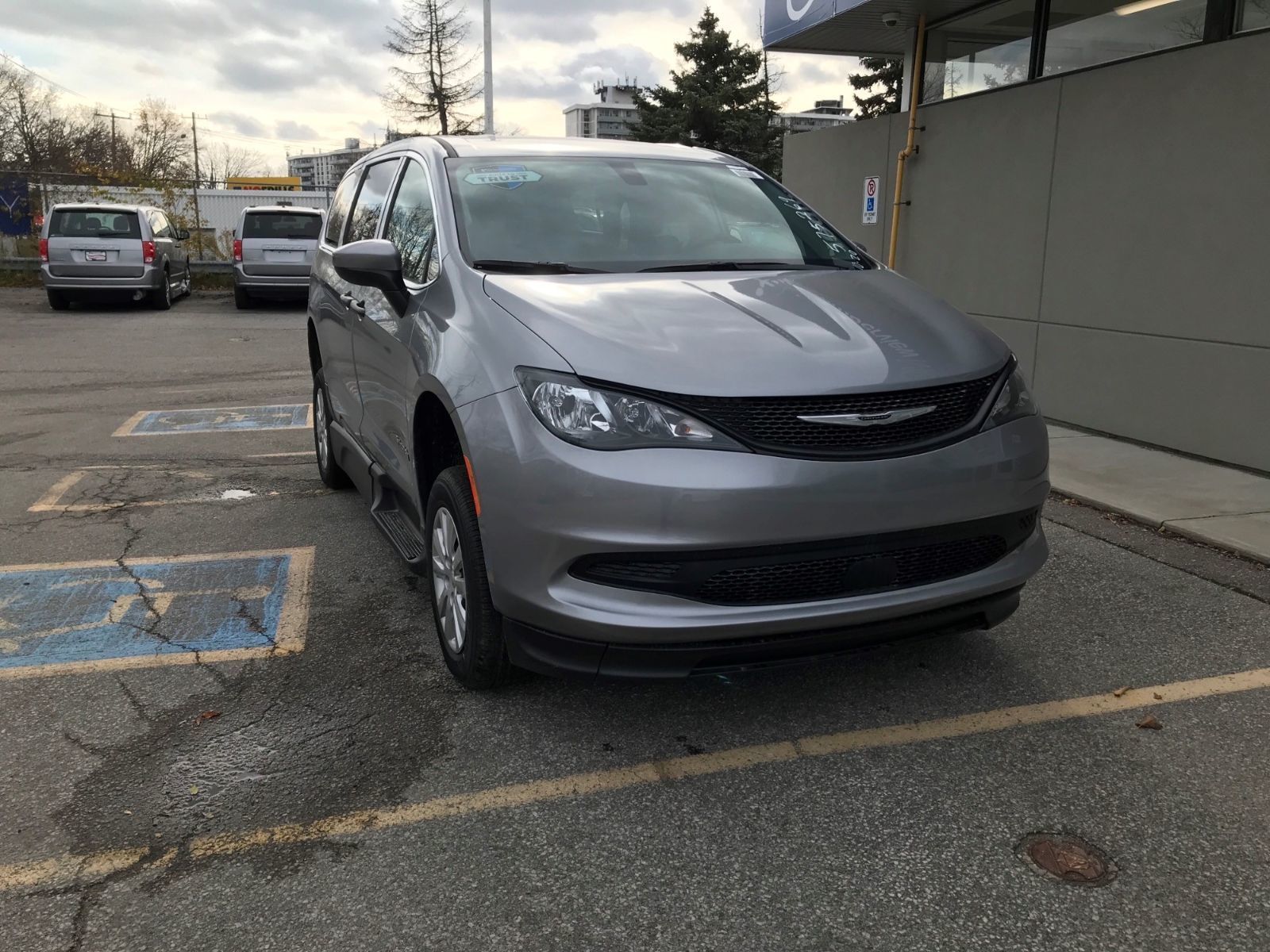
Yes, WAVs can be financed through specialized lenders or dealerships like Courtland Mobility. Additionally, grants, subsidies, or provincial programs may provide financial assistance to eligible buyers. Our team can guide you through the options available in your area.
5- How Do I Choose the Right Ramp Style?
Ramp styles include manual ramps and power-operated ramps. Manual ramps are cost-effective and require less maintenance, while power ramps offer convenience and ease of use, particularly for individuals with limited physical strength. In-floor and fold-out ramps are common designs, each with specific benefits depending on space and clearance needs.
6- Can I Customize My Wheelchair Accessible Vehicle?
Absolutely. WAVs can be customized to meet specific mobility needs. Options include:
- Hand Controls: For individuals who drive from their wheelchair.
- Transfer Seats: To make transitioning into the driver’s seat easier.
- Securement Systems: Tailored to your wheelchair’s dimensions and weight.
- Interior Layouts: Configurable seating to accommodate family members or caregivers.<
7- Do WAVs Offer Advanced Technology?
Modern WAVs come equipped with advanced technology for convenience and safety. Features like backup cameras, adaptive cruise control, and Super Cruise™ driver assistance are common in newer models. These features make driving and traveling safer and more enjoyable for all passengers.
8- Are Used Wheelchair Accessible Vehicles a Good Option?
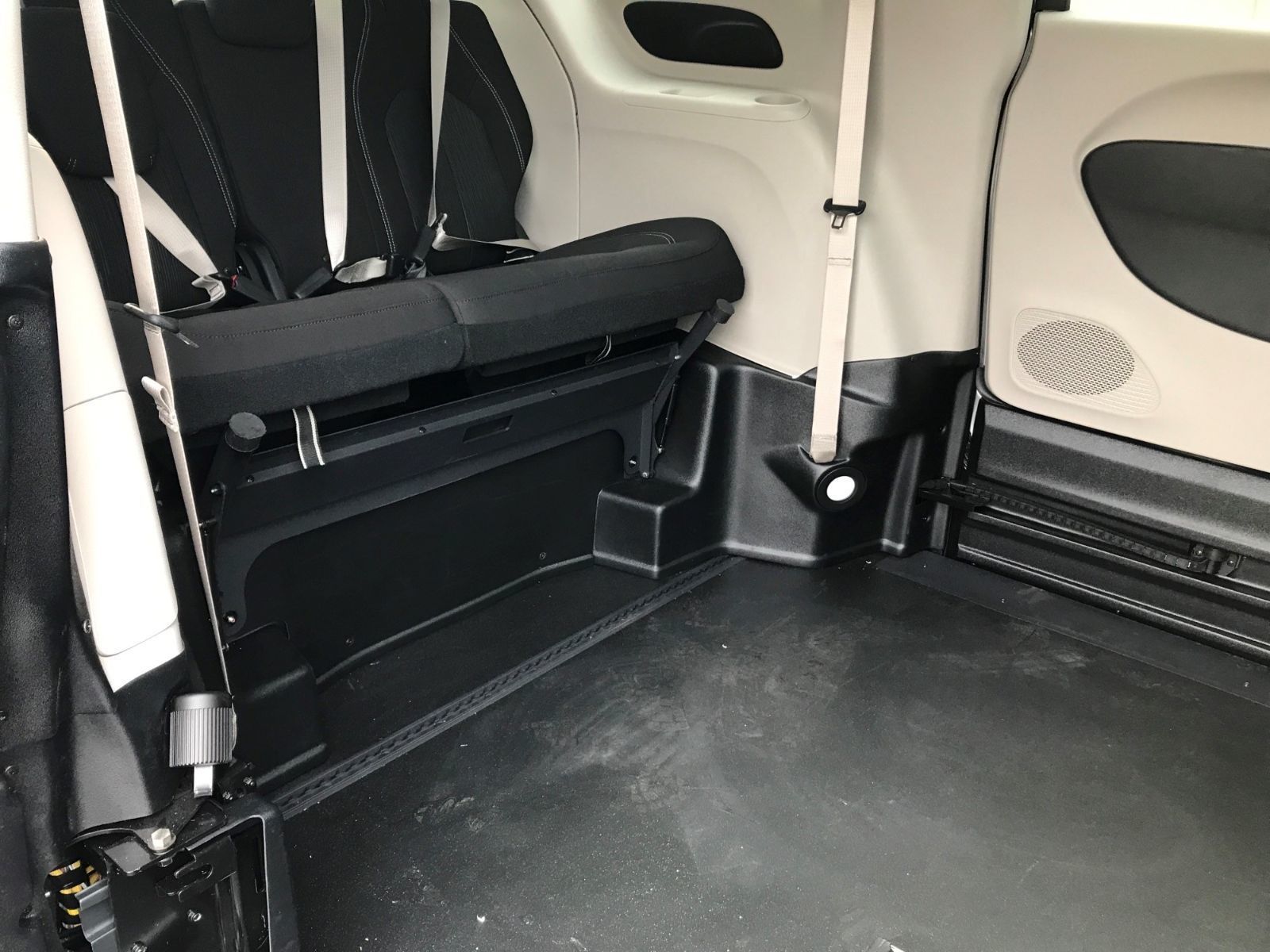
Yes, used WAVs can be an affordable and reliable option. Many pre-owned WAVs at Courtland Mobility undergo thorough inspections to ensure they meet safety and performance standards. Used vehicles also provide a cost-effective way to access premium features without the higher price tag of a new model.
9- What Maintenance Do WAVs Require?
Wheelchair accessible vehicles require regular maintenance to ensure the conversion components, such as ramps and lifts, remain in excellent condition. Certified technicians, like those at Courtland Mobility, can service and repair WAV-specific parts to keep your vehicle safe and reliable.
10- How Do I Know If a WAV Is Right for Me?
Choosing a WAV depends on your specific needs and lifestyle. Consider factors like wheelchair dimensions, entry preferences, passenger capacity, and budget. Consulting with mobility experts and healthcare professionals can help you identify the best options.
11- Are There Full-Size Options for Commercial Use?

Yes, full-size WAVs like the Dodge Ram Promaster, Ford Transit, and Mercedes Sprinter are ideal for commercial applications. These vehicles offer spacious interiors, multiple wheelchair positions, and customization options for businesses needing accessible transportation solutions.
Why Courtland Mobility?
At Courtland Mobility, we specialize in helping individuals and families find the perfect wheelchair-accessible vehicle. Our inventory includes a wide range of new and used WAVs, featuring trusted models like the Dodge Grand Caravan, Toyota Sienna, and Chrysler Pacifica, with rear-entry and side-entry conversions by BraunAbility and VMI. Whether you need a personal vehicle or a full-size commercial van, our mobility consultants and certified technicians are here to support you every step of the way.
Understanding WAVs is the first step toward improving mobility and independence. By addressing these frequently asked questions, Courtland Mobility aims to empower you to make an informed choice. Whether you're seeking a new or pre-owned vehicle, we’re here to help you every step of the way.

